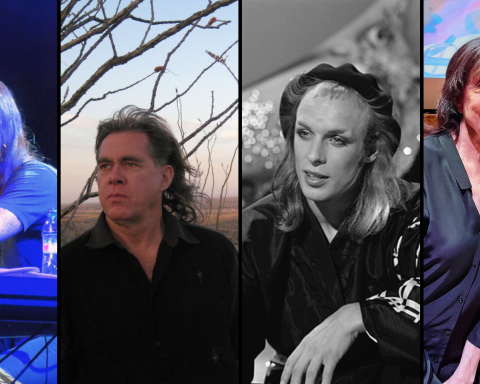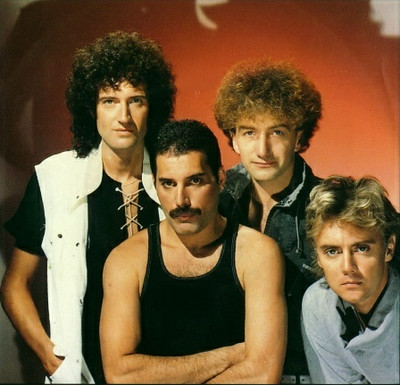The pioneering outfit, Mantronix, began in an unassuming Manhattan record store. Initially comprised of frequent-customer MC Tee and in-store DJ Kurtis Mantronik, they became one of the most influential hip-hop and electro-funk groups of the late-20th century.
Who is Mantronix?
The duo combined Kurtis Mantronik’s interest in the emerging space of electronic music and MC Tee’s early hip hop knowledge. Mantronix released their first single “Fresh Is The Word,” in 1985 via Sleeping Bag Records. It soon reached #16 on Billboard’s Hot Dance Singles Chart.
Drawing from disparate influences, Mantronix mixed Kraftwerk’s experimental feel with the playful warmth of Afrika Bambaataa and Grandmaster Flash. As the sound of Mantronix grew more popular with their first three records, the group fundamentally changed.
Founding member, MC Tee, left and was soon replaced by Bryce Wilson and Jade Trini. This move pulled Mantronix away from its hip-hop roots and into an electro-heavy direction. The trio found commercial success with “Got To Have Your Love.” Still, Mantronix’s legacy remains defined by earlier works such as “Needle in the Groove” and “Scream.”
Breaking Down “Scream”
With Jamaican and Canadian heritage, Mantronik borrowed influences from across the globe to define his work. On 1986’s “Scream,” he employed polyrhythms throughout using the Roland TR-909 drum machine. Mantronik replaced the acoustic, log drums common in West African music with manipulated TR-909 sequences. He did so by piling crisp hi-hats and tight snares on top of each other.
To build up the concurrent rhythms throughout “Scream,” Mantronik added staccato synths. Some of these acted as the low-end, using brief bass tones to add balance to the track. Others played sharper high-register notes. Without sustained chords or pads to ground the song, “Scream” feels especially light and sparse.
The Man Behind the Curtain
The man behind the curtain, Kurtis Mantronik, was both the craftsman behind Mantronix’s sound and its most integral member. With an interest in early modular synthesizers and drum machines, Mantronik was a young production wiz. He flirted with the boundaries of popular music as new technologies arose.
"With Jamaican and Canadian heritage, Mantronik borrowed influences from across the globe. 'Scream' replaced the acoustic, log drums common in West African music with TR-909 sequences."
The Power of Blending Genres
MC Tee’s verse complement’s the buoyancy of the “Scream” production. With lines like “To all the ladies out there / yes, have no fear / ‘cause me the crowd master is finally here,” MC Tee raps with spirited confidence. The sing-song vocals, simple rhymes, and melodic verses provide contrast to the mechanical drums.
Across their discography, Mantronix leans into this combination. They blend the rigidity of electronic music with hip hop’s expressiveness to create their own trademark sound. While many hip-hop artists at the time were sampling, the then-duo assembled their beats from scratch. In years since its popular peak, Mantronix remains a testament to the power of blending genres.






